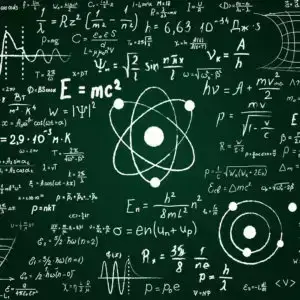

No, the original paper is saying something like: given the sequence say 12 -> 3 -> 7, there is a sequence 12 -> 3x -> 7x -> 7x + 3x -> 7x + 3x + 4x where 7x+3x+4x = 12. Obviously here x=6/7, but doing something like this with arbitrary rotations in 3D isn’t so simple.




Read the actual actual article: https://arxiv.org/abs/2502.14367
The authors prove that given any sequence of rotations W “almost always” there is a sequence of rotations W’ formed by scaling every rotation angle in W by the same positive factor, such that the sequence W’W’ is the identity (that is, apply all the rotations in W’ and then apply all of them again).
The issue isn’t the result, it’s popsci writing.